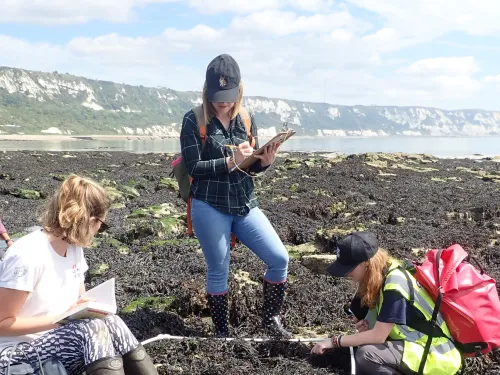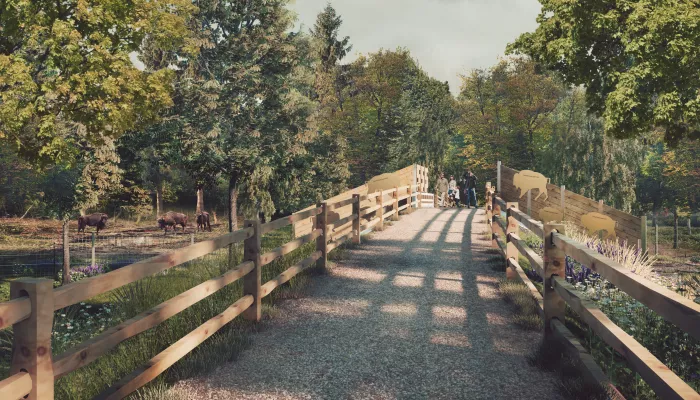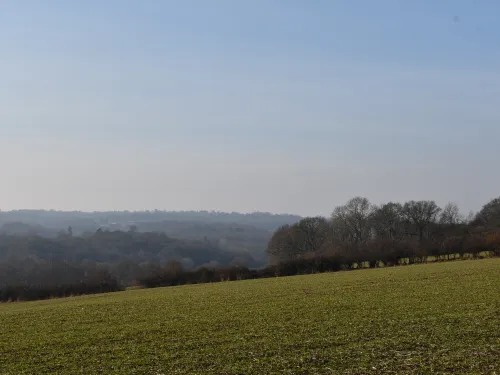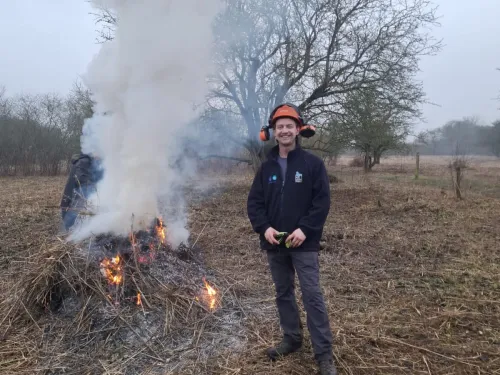
The power of citizen scientists: What you can do this April & beyond
Are you a citizen scientist without realising it?


Are you a citizen scientist without realising it?

Our Hoathly Farm Appeal, which aims to purchase Grade III arable land and transform it into a wildlife haven, has sparked lively debate. Some fear that wilding will harm food security, but in truth, it can enhance and support farming.

My journey as a Kent Wildlife Trust apprentice by Harry Jenkins